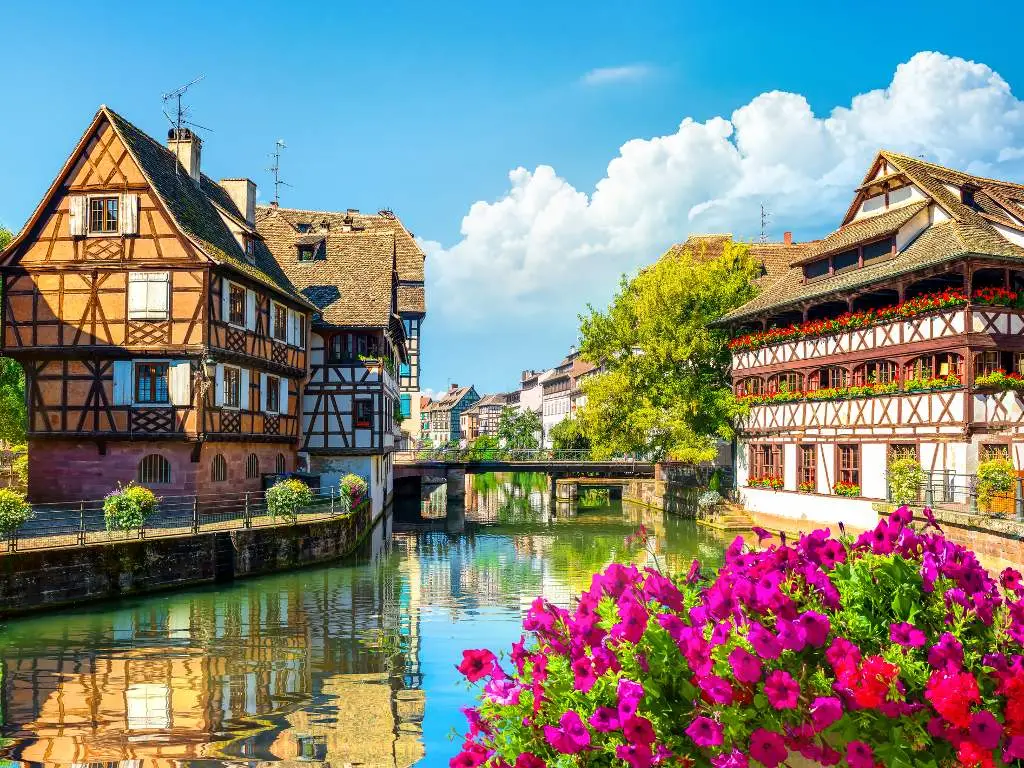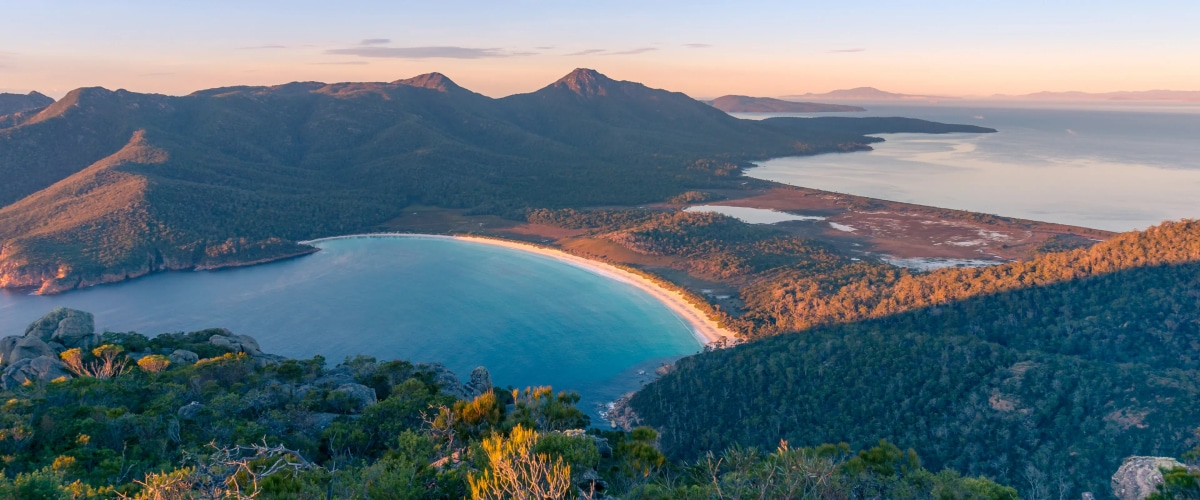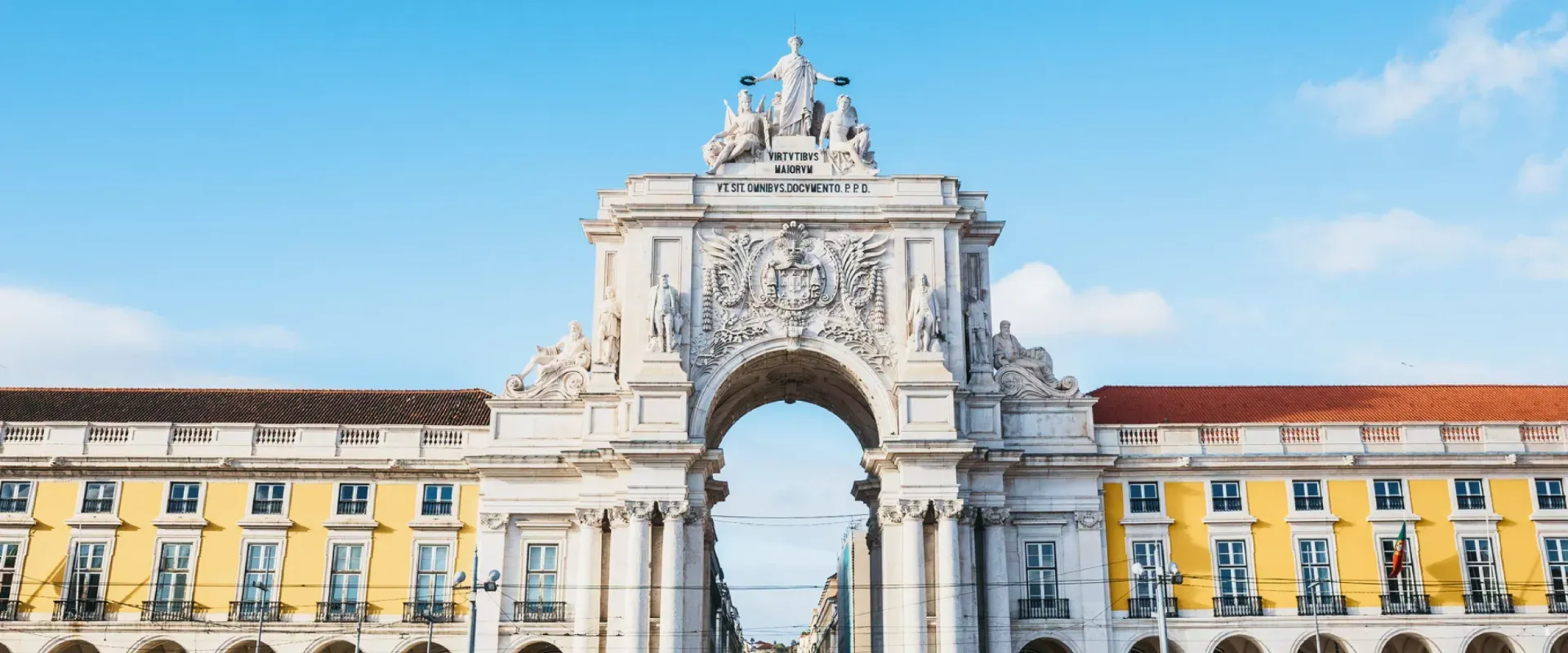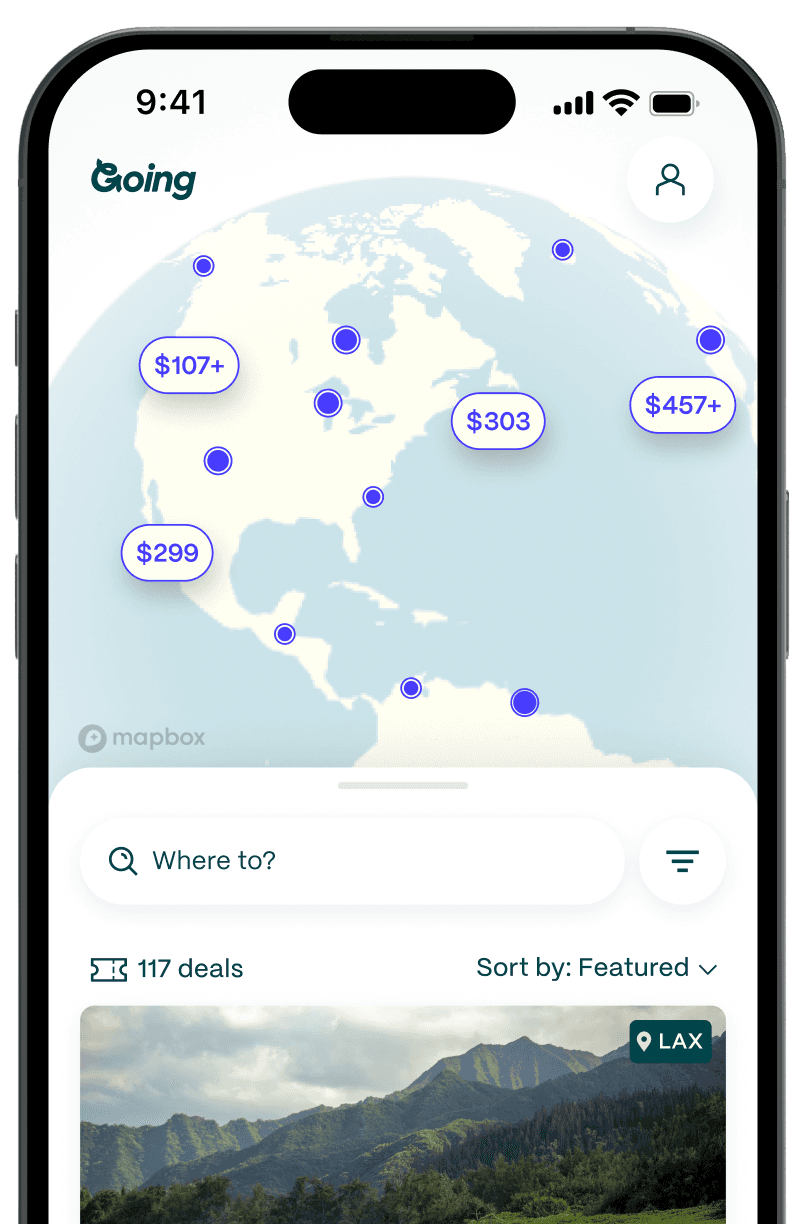
Rwanda: The African Country Home to the Continent’s Cleanest City
Rwanda is a small landlocked country in East-Central Africa, about the size of Maryland, with double the population (13.5 million). When you Googled the country 15 or so years ago, the first thing that popped up was the 1994 genocide. Still, over the past decade, it has made headlines for having the cleanest city in Africa, more women in the national parliament (61.3%) than anywhere else in the world, a growing tech hub, and more. Rwanda’s image is undoubtedly being rewritten.
Helmed by President Paul Kagame since 2000, the country has made incredible strides, including an annual gross national income growth rate of about 8% for nearly 15 years. A former Belgian colony from 1916-1945, the country has also made radical moves, such as overhauling the education system in 2008 by switching from French to English in schools. Today, depending on where you are, you might hear one of the country's four official languages: English, French, Kinyarwanda, and Swahili.
Dubbed the Land of a Thousand Hills, Rwanda’s beauty is undeniable, making it an attractive destination for tourists who visit from all over the world for a chance to come face-to-face with one of the world’s last populations of mountain gorillas, meet the singing fishermen on breathtaking Lake Kivu, hike through a thick rainforest at Nyungwe Forest National park, or hop on motorbike taxis in Kigali to explore the capital’s art galleries, restaurants, and markets.
Happy hour at a milk bar
Swap your martini for a glass of milk served on tap from morning till mid-afternoon at any of Kigali’s neighborhood milk bars, where you’ll find locals catching up over cheap and filling ikivuguto (fermented milk, like a sour yogurt, that can be sweetened with sugar), inshyushyu (regular milk served hot or cold), or tea with snacks like boiled sweet potato or cassava, bread, cupcakes, or biscuits.
These hole-in-the-wall milk bars are small and unassuming places, sitting about ten people, with plastic tables and chairs from which you can watch your milk being poured from large steel vats into plastic jugs and mugs.
Milk is popular in Rwandan culture because cows, seen as a social status symbol, are widely kept by over 70% of the people in rural areas. With their cows producing excess milk, these farmers started selling it to earn an income. As urbanization took root in the early 1900s, the bars popped up in the capital to meet demand from citizens who wanted milk but couldn’t keep cows. These tiny spots are slowly being replaced by the corporate Inyange Milk Zone bars, which lack that old-school charm but still help producers reach the local market.
If milk isn’t your drink of choice, there are still plenty of spots in the city where you can get alcohol, such as the upmarket Poivre Noir, offering excellent cocktails and French wines.
Many hands make light work

On the last Saturday of every month, Rwanda has mandated community work for all citizens without disabilities aged 18 to 65. Businesses and public transportation come to a standstill for three hours starting at 8 am as people take to the streets to pick up trash and trim grass, repair roads, and buildings, build schools, and more. Thereafter, particularly in smaller towns and villages, selected committees facilitate meetings to discuss matters affecting the immediate community.
The day is called Umuganda in Kinyarwanda, which means “uniting to achieve a common purpose.” The program, which started in 1962, was re-implemented in 2009 to rebuild and promote peace and community after the country’s troubled past. There was some resistance in the early days as some people saw it as forced labor. Still, today, Rwandans generally see it as positive because of its economic and social benefits. It is not mandated for tourists, but police patrol the streets, and a citizen can be fined if they’re found absconding. Initiatives like this are why Kigali is one of the cleanest cities in the world and the most pristine in Africa.
The singing fisherman of Lake Kivu
Bring your camera to the deep blue freshwater Lake Kivu, located on Rwanda’s western border. Believed to have been formed by volcanic activity millions of years ago and now fringed by green terraced hills, the lake is one of the seven African Great Lakes (it sits at the highest altitude and is the third deepest).
Just before sunset, negotiate with any of the small boat operators on the shores of Kibuye town in Karongi to trail the lake’s singing fishermen as they paddle out in wooden canoes with distinct long poles attached to the bow and stern. Each boat typically has three fishermen dexterously paddling in rhythmic unison en route to an overnight fishing expedition. As they row, they whistle and sing various upbeat songs for morale in Amashi, a language only used around this lake. When hundreds of lanterns are illuminated to attract sambaza, a type of sardine, Lake Kivu mimics a metropolitan city in the night.
Gorillas in the mist

A male mountain gorilla can weigh up to around 430 pounds and stand upright at nearly 6 feet. There are only a little over 1,000 left in the world (up from just a few hundred in the 1980s), and to see them, you have to trek through parks in Uganda, Rwanda, and the Democratic Republic of Congo, the only places in the world where they reside. Compared to other great apes, their fur is thicker to help them survive low temperatures at high elevations—8,000 to 13,000 feet—where they live in the mountains of these countries.
At $1,500 per person, Rwanda’s permit costs are significantly higher than those in Uganda and DRC, but most of the money goes back to the continued protection of this endangered species. There are about ten families living in the country’s Volcanoes National Park, mostly consisting of a silverback (adult male leader) with several females and babies. Rwanda’s high fees limit the number of tourists who can afford the trek, and the park issues only 96 permits per day (limited to eight people per group) to ensure that the experience is intimate and unobtrusive to the animals. You can book a tour through several individual operators.
After encountering a troop of gorillas, following a hike of anywhere from one to six hours, you typically have an hour to watch them play, groom, sleep, or feed. You can see gorillas year-round, but plan your visit either during the dry season (June-September) or during Kwita Izina (in September), which is traditionally a child-naming ceremony but has been adopted for baby gorillas. During the week-long festival, infant gorillas born in the previous year are given new names amidst dancing, celebrations, workshops, and speeches from the tourism minister and other officials.
But don’t stop with gorillas. About 160 miles southwest of Volcanoes National Park, you can check out one of Africa’s oldest rainforests, Nyungwe Forest National Park, which has more than 300 bird species, wildlife including endangered chimpanzees, over 1,068 plants including orchids, butterflies, a waterfall, and a 525-foot-long canopy walkway sitting 230 feet above the Afromontane forest.
Dress up and dance
At formal ceremonies like state functions or weddings, or even on the weekend en route to church services, you’ll see elegant Rwandese women throughout the country wearing the umushanana, a traditional outfit with a long wrap skirt bunched at the waist and a sash draped then secured with a tiny knot over one shoulder, worn over a shirt of choice. It is made of silk and somewhat resembles the Indian sari, and the fabric is not like the kente or kitenge variations you find in many other African countries.
Various traditional dances are also performed at these state functions and weddings, such as the umushagiriro, which is like a graceful slow-tempo ballet performed by women. It’s always a joy to behold, and dance troupes typically dress in matching umushanana outfits. The average Rwandan woman can perform this dance or is at least familiar with it. Other than entertainment, it’s meant to showcase their beauty and grace. You can watch these traditional dances at venues like Inema Arts Center on Thursday evenings. Some high-end lodges will also welcome their guests with traditional dances.
Art made from cow dung
Imigongo is a traditional black, white, and red geometric art style mostly practiced by Rwandese women. You will spot these patterns everywhere in the country, from clothing and hotel decor to the sides of buildings. Dating back to the late 1700s, women would mold fresh cow dung in a geometric pattern, such as a zigzag, on a blank canvas until the surface was covered. They would let this dry, which could take up to two days, then paint over it in the go-to colors using natural pigments.
Cows are regarded as a social status symbol and are still offered as dowry today. The dung, which was cured with ash to destroy any bacteria, was also used to level the floors and walls of houses because of its availability. Imigongo Art Center in Kayonza, a small town in eastern Rwanda, is one of the few locations still making imigongo traditionally and features an exhibition and shop.
Brochette, the street food Rwandans love

Rwandan cuisine uses locally grown ingredients and is very similar to what you will find in neighboring countries: ugali (like a ball of grits), matoke (plantain), or isombe (made from pounded cassava leaves which are boiled for ages, with beef stock, spices, peanut and more, making it taste like meat). To try some of this local cuisine, sign up for a food tour of the city with GoKigali, run by young Rwandan guides. The tour will take you to restaurants popular with locals, like the cheerfully cheap Tamu Tamu, right next to the Green Mosque in the densely populated Nyamirambo neighborhood.
The city authorities are conservative with issuing permits for street food businesses, but you can catch vendors in car-free zones in neighborhoods like Kisimenti, Biryogo, Nyamirambo, and Kimironko.
A popular street food dish is brochette, which is goat or beef marinated in crushed tomato, onion, garlic, mustard, oil, salt, and chilies. This is then grilled over charcoal and, like the original Belgian recipe, can be skewered with vegetables like onions and bell peppers. In French, skewered meats are said to be cooked en brochette. This dish was adapted from the Belgians and costs as little as $0.30 per stick.
A tragic past
To understand Rwanda’s impressive strides, you should first learn about its unfortunate history by visiting the Kigali Genocide Memorial. Over 100 days, an estimated 800,000 people, mainly from the Tutsi ethnic group, were slaughtered by armed Hutu militia, some being their very neighbors, and some husbands even killed their wives.
The exhibition spans several rooms, with accompanying text explaining how the genocide was incited in the first place, what occurred in that period, and how the world took a back seat as Rwanda imploded. The Children’s Room is gut-wrenching and showcases how infants and children between 1-5 years old were brutally murdered; the accompanying text stating their favorite toys and last words is heartbreaking.
The people’s journey to healing and forgiveness—especially considering some survivors are as young as 30 years old today—has been remarkable. As the country tries to forge ahead as one people, today, it’s considered generally bad form to ask people what ethnic group they belong to.
Join Going and get cheap flights to Rwanda delivered right to your inbox.
More destinations in Africa:
Last updated December 19, 2023









